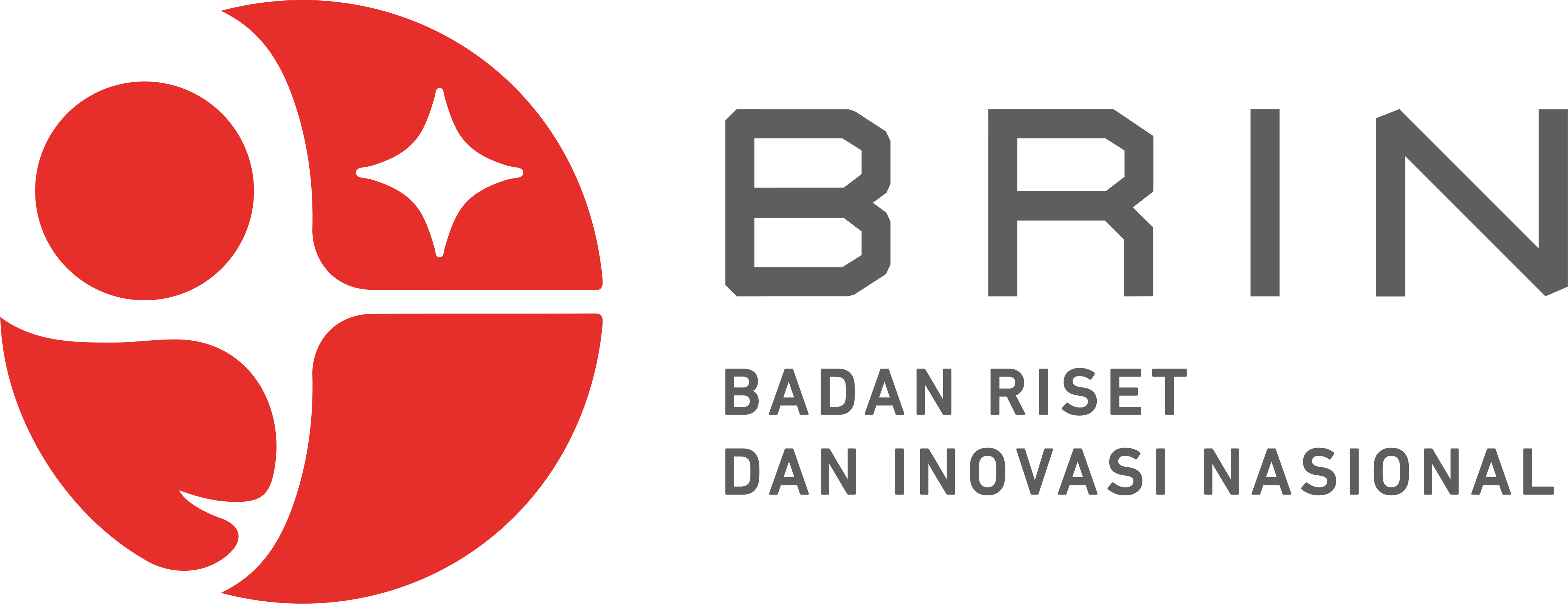Acceptance Analysis of Accounting Software User though Technology Acceptance Model
DOI:
https://doi.org/10.25181/esai.v9i1.940Abstract
This research conducted to find out the quality of the Islamic financial accounting information of BMT in the city of Bandar Lampung. The object of research is the quality of financial accounting information consisting of relevance , reliability, comparability, consistency, and understandability by distributing questionnaires to 13 BMTs which are active in the city of Bandar Lampung. The research indicates that the quality of Islamic financial accounting information of BMTs in the city of Bandar Lampung is good.Key words: accounting information, the quality, BMTDownloads
References
Adams, D.A., Nelson, R.R., and Todd, Peter, A. 1992, Perceived Usefulness, Ease of Use, and Usage of Information Technology A Replication, MIS Quarterly, 16(2): 227-247.
Al-Ghatani, Said S. 2001. “The Applicabilitycof TAM Outside North America: An Empirical Test in the United Kingdomâ€. http://www.idea-group.com /articles/details.asp?id=361
Bailey, J.E., and S.W. Pearson.1983. “Development of a Tool for Measuring and Analyzing Computer User Satisfactionâ€. Management Science. 29 (May).
Baridwan, Zaki. 1994. Sistem Informasi Akuntansi. Edisi II, STIE YKPN, Yogyakarta.
Davis, Fred D. 1988. Perceived Usefulness, Perceived Ease of Use, and User Acceptance of Information Technology, MIS Quarterly, 13(30): 319- 340.
Davis, Fred D., Bagozzi, Richard P., dan Warshaw, Paul R. 1989. User Acceptance Of Computer Technology: A Comparison Two Theoretical Models, Management Science, 35(8)
DeLone, W.H., and E.R.McLean. 1992. “Information Systems Success: The Quest for The Dependent Variableâ€. Information Systems Research. 3 (March).
Fishbein, M and Azjen. 1975. Belief, Attitude, Intention and Behavior : An Introduction to Theory and Research. Addison-Wesley, Boston, MA.
Hartono, Jogiyanto.1998, Sistem Informasi Akuntansi Berbasis Komputer, BPFE, Yogyakarta
Hartono, Jogiyanto, 2007. Model Kesuksesan Sistem Teknologi Informasi. Andi, Yogyakarta.
Hu, P. J., Sheng, P. Y. K., and Liu, O. R. 1999. “Examining the Technology Acceptance Model using Physician Acceptance of Telemedicine Technology,†Journal of Management Information Systems, (16:2)
Iqbaria, M., T.Guimares and G.Davis. 1995. “Testing the Determinants of Microcomputer Usage Via a Structural Equation Model. Journal of Management Information System, 11, no.4
Istianingsih dan Utami, Wiwik. 2009. Pengaruh Kepusan Pengguna Sistem informasi, Terhadap Kinerja Individu. Simposium Nasional Akuntansi XII, Palembang
Lee, Y., Kozar, K.A., dan Lrsenm, K.R.T., 2003, ‘The Technology Acceptance Model: Past, Presents, and Future’ in Communication of the Association for Information System, pp. 752-780.
Lewin. K, 1951, Field Theory in Social Science: Selected Theoretical Papers, New York Harper.
McGill, Tanya, Hobbs, Valerie, & Klobas, Jane. 2003. User-Developed Applications and Information Systems Success: a Test of DeLone and McLean’s Model, Information resource Management Journal, 16(1): 24-45.
Ramdhani, N., 2009, Model Perilaku Penggunaan IT “NR-2007†Pengembangan dari Technology Acceptance Model (TAM), tidak dipublikasikan
Sarwono, S.W., 2002, Psikologi Sosial (Individu dan Teori-Teori Psikologi Sosial). Jakarta: Balai Pustaka





















